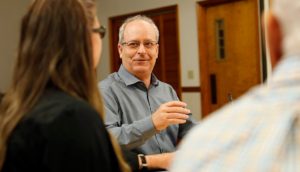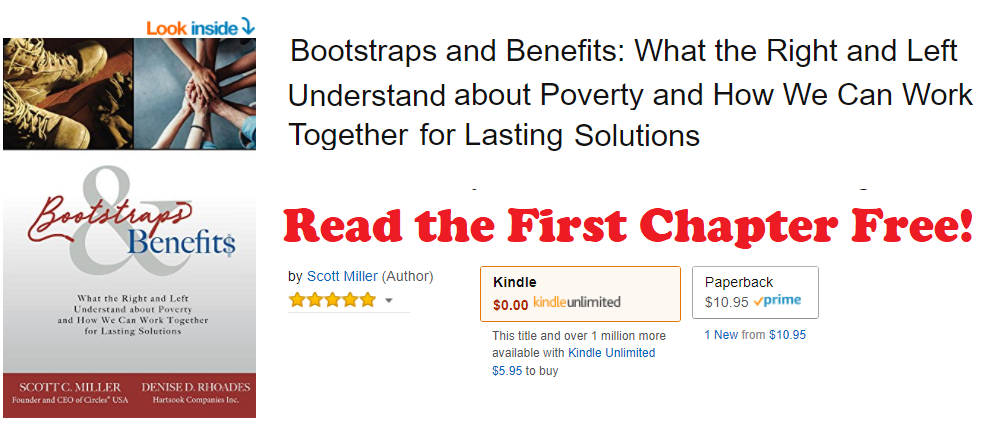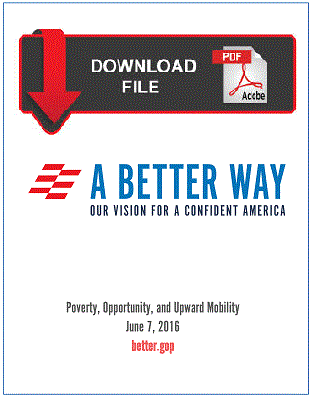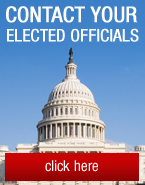At Circles, we ask participants experiencing poverty to work with us for at least 18 months. “Surviving” is where many participants begin. “Thriving” is our ultimate goal.
As a first-time executive director navigating leadership in a pandemic, these past 18 months gave me a visceral experience of “survival mode.” While my education and a decade of national leadership primed me for this moment, the weight of responsibility that comes with the role humbles me every day.
When COVID began, I worried: How will Circles USA survive an economic downturn? How will Circles chapters adapt their critical services from in-person to virtual? Most importantly, how will we support Circles stakeholders through such acute uncertainty and grief? Over time, the answers came from within our community. Just as Circles participants have the support and encouragement of volunteer Allies, our national network guided and inspired me as a leader during this collective crisis.
Throughout the pandemic, our staff hosted more virtual gatherings than ever before, convening our community of practice through 23 webinars and an online conference with 44 sessions. Our chapters exchanged a wealth of skill and wisdom on facilitating Circles virtually and organizing COVID-related mutual aid. Our board analyzed new national policies for COVID economic recovery to benefit Circles chapters and families. Our foundation partners unrestricted our grants, freeing funds for pressing needs. Our donors increased their annual gifts, showing such loyalty and courage during a recession. Our community supported each other through the crushing loss of lives. And, crucially, we used technology to uplift and amplify the joy of Circles participants as they achieved their goals. In a time when survival itself is most precarious, I’ve gained new appreciation for the many ways our relationships help us to thrive together.
I want to share with you the stories from Circles during COVID—stories of resiliency, community care, and thriving despite hardship. Our most recent Impact Report features amazing first-voice testimonies from our participants, volunteers, and staff.
Thanks to all of these Circles stakeholders, my vision of what’s possible for Circles USA is expanding. From surviving to thriving, questions we’re asking now include:
– How can Circles communities deepen the impact of their efforts toward systemic change? We’re documenting the actions being taken on issues from our policy platform: quality jobs, the “cliff effect,” broadband access, healthcare, housing, and transportation. – How can we significantly grow the number of participants achieving economic mobility? We’re culling best practices, such as newfound benefits of using technology for aspects of the Circles model, to fuel chapter expansion and scalability. – How can we help communities name bold goals for poverty alleviation and develop cooperative plans to achieve those goals? We’re consulting on poverty alleviation systems in select sites, testing new tools and processes so they can be replicated across the country.
I’ll share more about the answers to these, and other big-picture questions driving our work, in coming months. In the meantime, please accept my heartfelt thanks for being part of our network during a critical time. I am so grateful for this opportunity to learn and lead alongside you. Circles USA is poised to thrive, and that growth is a testament to you.
With much appreciation,Jamie Haft, Circles USA Executive Director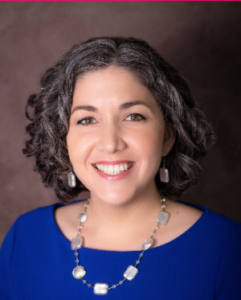

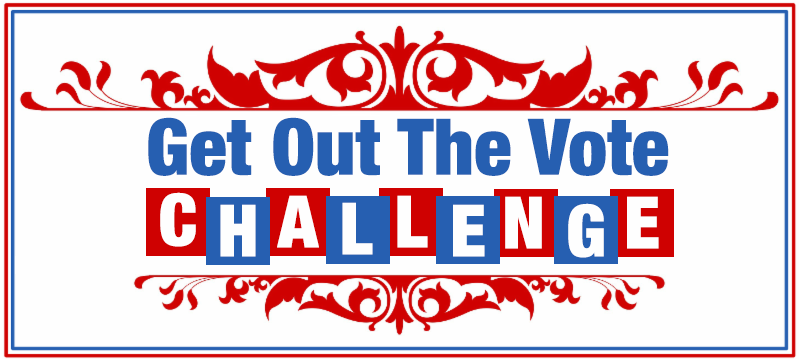



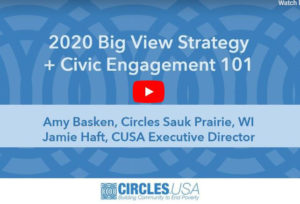


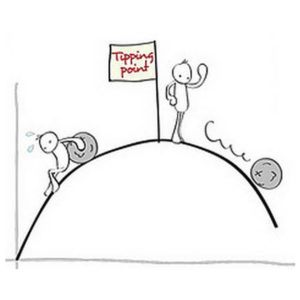 During more than 20 years of speaking to communities throughout the United States and Canada, I have been making the statement that we can and should end poverty. I have never encountered any resistance to the idea that we should end poverty. It’s the “we can end poverty” that causes people to bring up their objections with statements such as, “We have been fighting the War on Poverty over 50 years, and it’s only gotten worse.” But have we really been fighting all these years? I would say no; we haven’t had a national goal to eliminate poverty.
During more than 20 years of speaking to communities throughout the United States and Canada, I have been making the statement that we can and should end poverty. I have never encountered any resistance to the idea that we should end poverty. It’s the “we can end poverty” that causes people to bring up their objections with statements such as, “We have been fighting the War on Poverty over 50 years, and it’s only gotten worse.” But have we really been fighting all these years? I would say no; we haven’t had a national goal to eliminate poverty. Polytechnic Institute has elaborated:
Polytechnic Institute has elaborated: